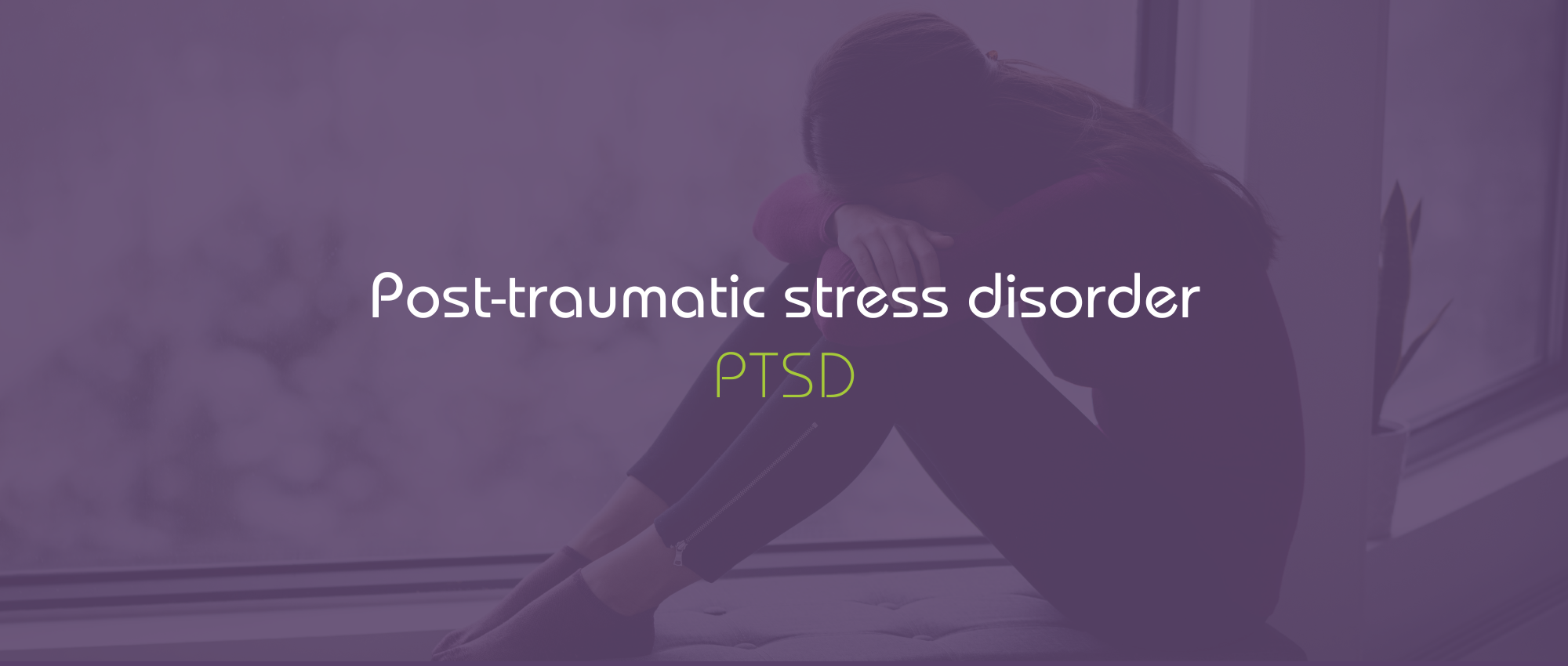
Post-traumatic stress disorder occurs when someone experiences a life-threatening event.
This could be a serious accident, tragic event (i.e. war, natural disaster), or a devastating personal experience such as physical/sexual assault. Not everyone who experiences these types of events will develop PTSD, but those who do must have experienced the symptoms for at least one month to be considered PTSD. Symptoms must also cause extreme distress and/or interfere with functioning at home or work to be considered PTSD. We will expand further on these requirements below.
What are the Symptoms of PTSD?
People can experience different symptoms of PTSD, but they all generally fall under the three same categories:
- Re-experience
- Avoidance & numbing
- Arousal
Re-experience
During re-experience, a memory of the event will be triggered by a sound, smell, or phrase that will cause heavy emotional or physical distress. When the memory is so strong that the person feels they are reliving the event, this is called a “flashback”, where they will feel the fear, hopelessness, and/or helplessness they did during the actual event.
Avoidance & Numbing
To prevent feeling this way, many people struggling with PTSD will go out of their way to avoid these triggers. When this avoidance starts interfering with normal functioning, the person may seek out help to overcome these triggers. Numbing is another way some people may try to avoid triggers. Instead of avoiding the situation, they will train themselves to feel numb about it. This may eventually lead to isolation, loss of positive regard toward things they once enjoyed, or hopelessness about the future. It’s important to address this unhealthy coping mechanism as well before starts interfering with normal functioning.
Arousal
Lastly, arousal may cause the person to feel like they are constantly on guard after the traumatic event, or like they can’t calm down. Sleeplessness, irritability, concentration difficulties, and outbursts of anger are all outward symptoms of arousal.
Sometimes people don’t know they have PTSD or they may not remember the traumatic event, but their body is still reacting to the trauma. The memories show up in dreams or are triggered by certain life events. It can be quite overwhelming to suddenly remember the trauma, but this is the first step toward eventual healing and experiencing your best life. Besides the above-mentioned symptoms, people with PTSD may also experience:
- Depression
- Anxiety
- Nightmares
- Drug or alcohol abuse
- Strained family relationships
- Problems holding a job
How is PTSD Treated?
Typically, a combination of treatments will be used with PTSD to help relieve and overcome symptoms. This may include drug treatments, such as antidepressants, and psychotherapy. People struggling with PTSD will need to learn coping skills for getting through triggers and episodes. One of these methods is called “grounding”. This is where the patient must practice mindfulness regarding the five senses to prevent the onset of trigger or flashback symptoms from progressing.
Another method that is commonly used with PTSD patients is a process known as EMDR. This is where a trained clinician in this method will use a series of tapping sequences or light sequences, coupled with talk therapy, to help one recover from PTSD altogether. PTSD rarely is cured on its own, so it’s important to seek help from a licensed therapist who is specifically trained to help people with PTSD.
Helpful Resources:
Overview of Post-Traumatic Stress Disorder by National Institute of Mental Health
Submit the form below to contact us regarding PTSD treatment.
[contact-form-7 id=”7919″ title=”Contact Us Page”]

